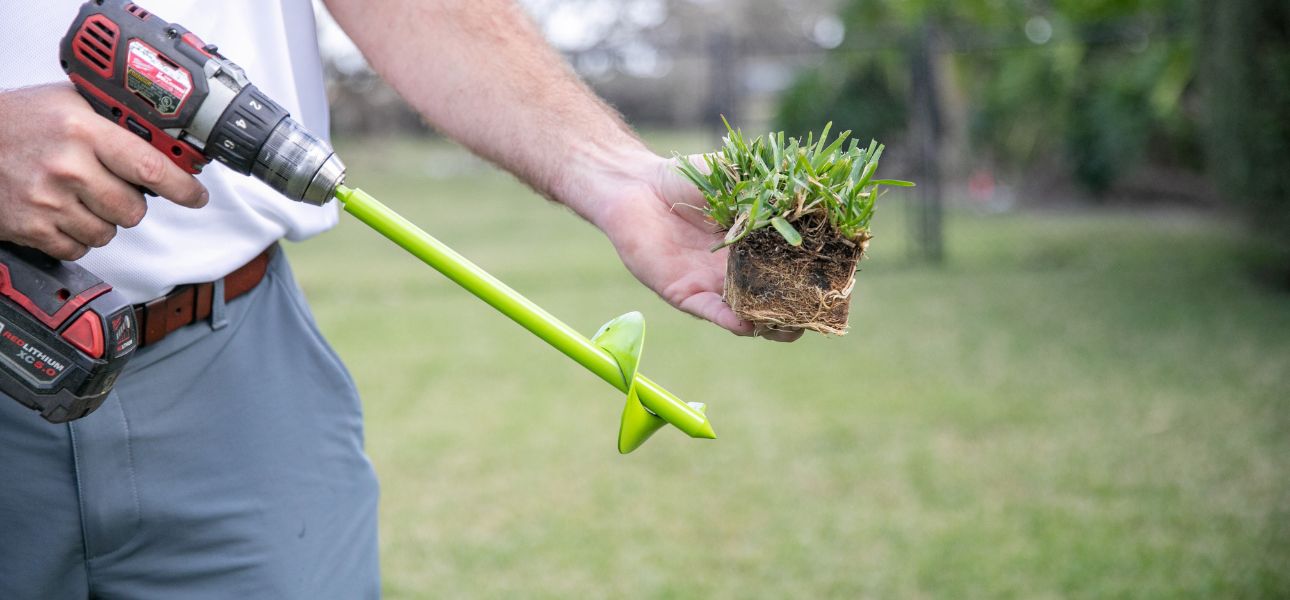6 Essential Winter Lawn Maintenance Tasks to Complete Now

Florida winters bring a delightful respite from the sweltering summer heat. With average temperatures ranging from 60 to 75 degrees Fahrenheit, it’s the perfect season for outdoor activities, exploration, and managing long-overdue lawn care tasks. Unlike in northern regions where freezing temperatures put lawns into dormancy, the grass continues growing in Florida’s mild winter climate, albeit at a slower pace. Rainfall is less frequent, offering clear skies and low humidity—ideal conditions for addressing key lawn care needs. If you’ve been waiting for the right time to give your lawn some attention, now is the ideal opportunity to get it in its best condition as spring approaches.

How to Maintain Your Florida Lawn in Winter
Even though Florida winters are mild, adjusting your maintenance routine to match the slight dips in temperature is essential. Preparing your lawn during late winter protects it from potential cold snaps and sets the stage for healthy growth in spring. Below are six winter lawn care tips to complete now.
1. Repair Bare Patches with Grass Plugs
Winter is an excellent time to address bare or thinning areas in your lawn. Grass plugs like SodPods are an efficient and eco-friendly solution for filling these patches. Planting plugs this cold season allows them to establish roots before the spring growing season. Opt for a warm-season grass variety tailored to your local conditions, such as Bermudagrass for high foot traffic areas or St. Augustine grass for shaded spaces. For best results, pair them with NutriPod, a slow-release grass fertilizer designed to accelerate growth up to two times faster, ensuring your lawn looks lush and uniform as the new grass becomes established.
2. Fertilize Wisely
Focus on applying a slow-release fertilizer tailored to your grass type during late winter. Unlike traditional fertilizers, which release nutrients quickly, slow-release options provide a gradual supply of nutrients over time. This is particularly beneficial during winter when grass may not be actively taking up nutrients, reducing the risk of over-fertilizing and nutrient runoff, which can harm your lawn and the environment. This steady nutrient delivery prepares your lawn more effectively for early spring growth. For newly planted grass plugs, NutriPod is a game-changer, providing the essential nutrients needed for faster establishment and vigorous growth.
3. Aerate the Soil
Compacted soil can restrict root growth and prevent proper water absorption, leading to a stressed lawn. Late winter is an excellent time to aerate your lawn, especially if it endured heavy foot traffic during the holidays. Use a core aerator to remove small plugs of soil, creating pathways that directly improve airflow, water infiltration, and nutrient delivery to the grass roots. This process also makes fertilizing more effective later in the season, as nutrients can penetrate the soil more easily, reaching the root zone where they are most needed. Aeration relieves compacted soil and sets the stage for healthier growth as spring approaches.
4. Adjust Your Mowing Practices
Mowing remains essential during winter, but slight adjustments are necessary to accommodate cooler conditions. Because grass grows more slowly in winter, you can mow less often than during the active growing season. When you mow, set your lawn mower blades slightly higher to avoid cutting grass too short, which can stress it in the cold weather. This approach also shades the soil, reduces water evaporation, and helps your lawn retain its green, healthy appearance.
5. Water Strategically
Similarly, adjusting your watering habits during winter is important. While this season brings less rainfall, cooler temperatures also mean reduced evaporation, allowing your lawn to retain moisture longer. Monitor your lawn’s moisture levels carefully and water deeply but less frequently to encourage deep root growth, which improves drought tolerance.
Supplemental watering may be necessary for newly planted grass plugs, as they require consistently moist soil to establish strong root systems. Consider using rain sensors or weather-based controllers, which adjust irrigation schedules based on the present weather conditions. This approach supports healthy lawn growth and, more importantly, helps conserve water and prevent overwatering. For more seasonal insights, read this guide on how often to water your lawn in winter.
6. Monitor for Weeds and Pests
Even in winter, weeds and pests can pose a threat to lawn health. Regularly inspect your grass for signs of intrusion and address issues promptly. Manual removal of weeds is effective during this time, as they’re often less established. For persistent pests, consider targeted control measures that minimize environmental impact.

Final Thoughts
Florida’s mild winter presents a unique opportunity to maintain and improve your lawn while preparing it for the spring growing season. You can create a resilient and thriving lawn that stands out year-round by repairing bare patches with grass plugs, using NutriPod fertilizing during planting, aerating the soil, and adjusting mowing practices. Embrace these essential winter lawn maintenance tasks now to enjoy a lush, healthy yard when spring arrives.


